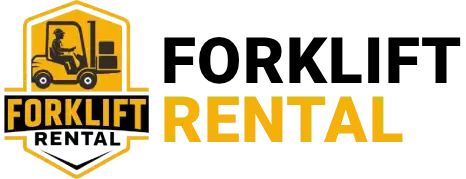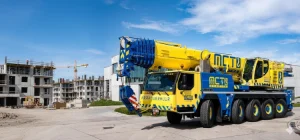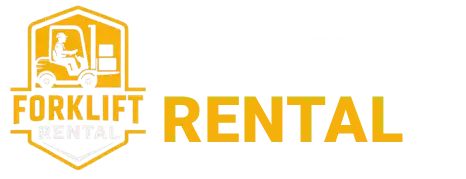When it comes to forklift rental, one of the most important decisions you will make is selecting the right capacity. Forklifts are not one-size-fits-all machines — they are designed with specific load limits, ranging from compact 3-ton models to massive 50-ton powerhouses. Choosing the right one depends on several factors such as the type of materials you need to move, the working environment, the available space at your site, and the overall nature of your operations. Renting a forklift that is either too small or unnecessarily large can lead to inefficiency, safety concerns, and higher costs.
For warehouses, storage facilities, or small-scale lifting tasks, a 3-ton or 5-ton forklift is often the most practical solution. These models are compact in size, fuel-efficient, and easy to maneuver in narrow aisles or tight spaces, making them perfect for indoor use. Businesses that frequently handle packaged goods, boxes, or light pallets will find smaller forklifts sufficient for their day-to-day needs. They are also easier to transport between locations and more economical for short-term rentals.
For medium-sized loads such as pallets of construction material, steel pipes, or industrial goods, a 7-ton to 10-ton forklift provides the right balance of stability, strength, and efficiency. These machines are commonly used on construction sites, manufacturing facilities, and loading docks where weight requirements exceed the capacity of smaller models. They are large enough to handle demanding tasks while still being relatively easy to operate and transport compared to the largest forklifts.
On the other hand, large-scale construction projects, shipping yards, and heavy industrial tasks often demand bigger machines in the 15-ton, 20-ton, 30-ton, or even 50-ton category. These heavy-duty forklifts are built to handle bulky, oversized, and extremely heavy loads such as precast concrete, steel structures, shipping containers, or heavy machinery components. Renting a larger forklift ensures that your team can lift and transport these items safely without risking equipment failure or accidents. While these models are more expensive to hire, they provide unmatched power and reliability for specialized projects where strength is critical.
Before renting, it is always recommended to carefully assess your load requirements, site conditions, and duration of use. Think about the heaviest load you will need to lift, the height to which it must be raised, and whether your site allows enough maneuvering space for a larger forklift. It’s also wise to consider future needs if you expect your project to expand in scale. By selecting the right forklift capacity, you avoid unnecessary downtime, reduce risks, and improve overall efficiency. Not only does the right machine save valuable time, but it also lowers operational costs by ensuring that fuel, manpower, and equipment rental are used as effectively as possible.
In the end, the goal is to match the machine with the task at hand. A carefully chosen forklift capacity helps businesses complete their projects safely, smoothly, and within budget. Working with a reliable rental company ensures that you have access to a wide range of options, expert advice, and well-maintained equipment — giving you confidence that the job will be done right.





